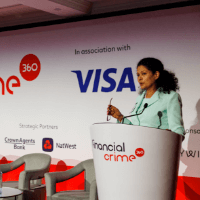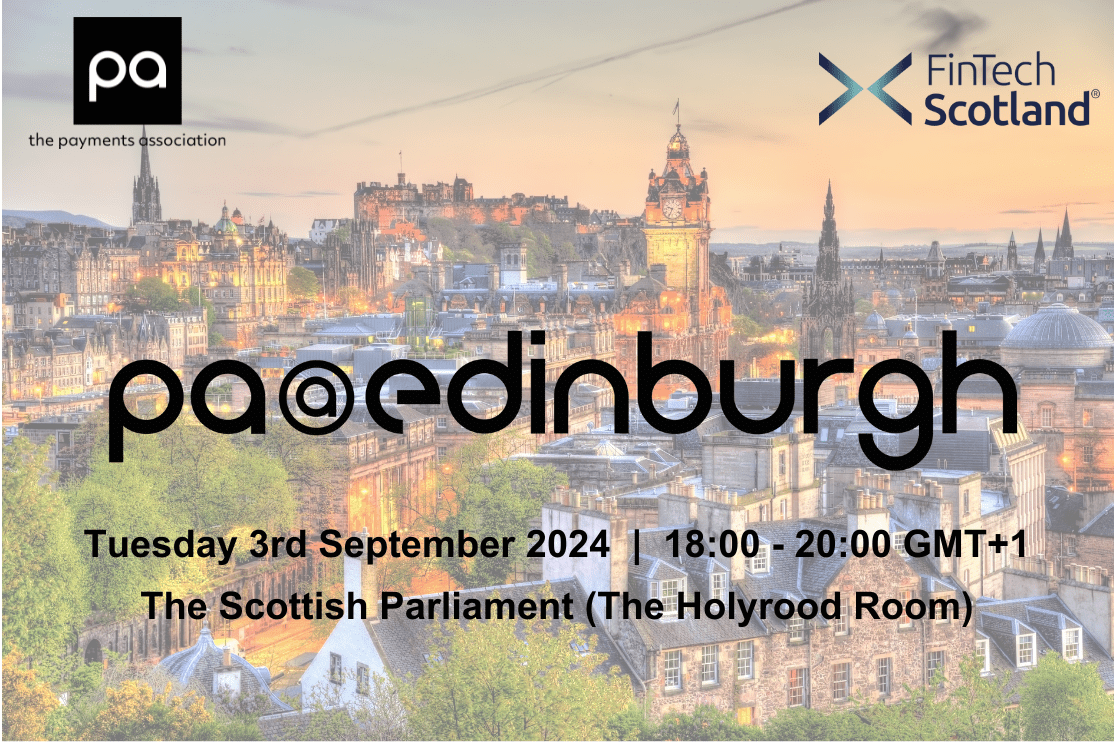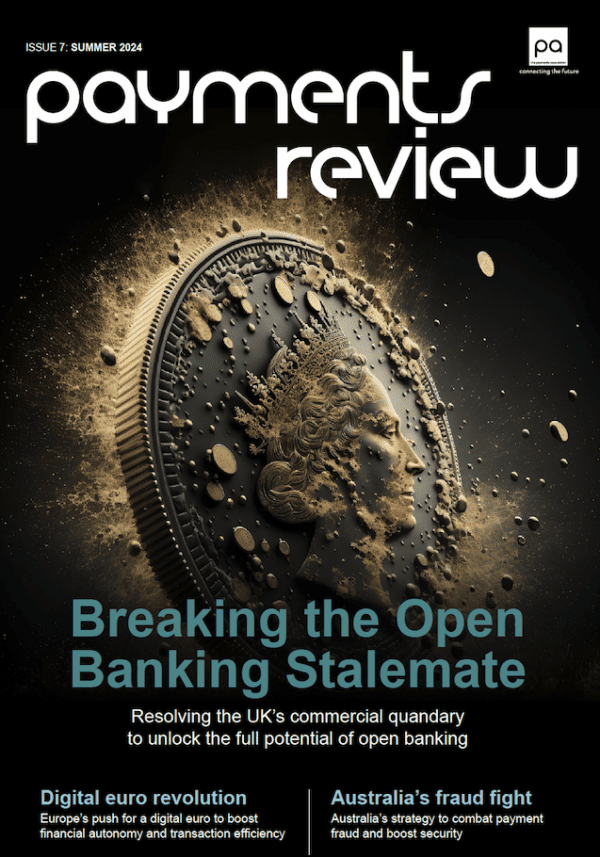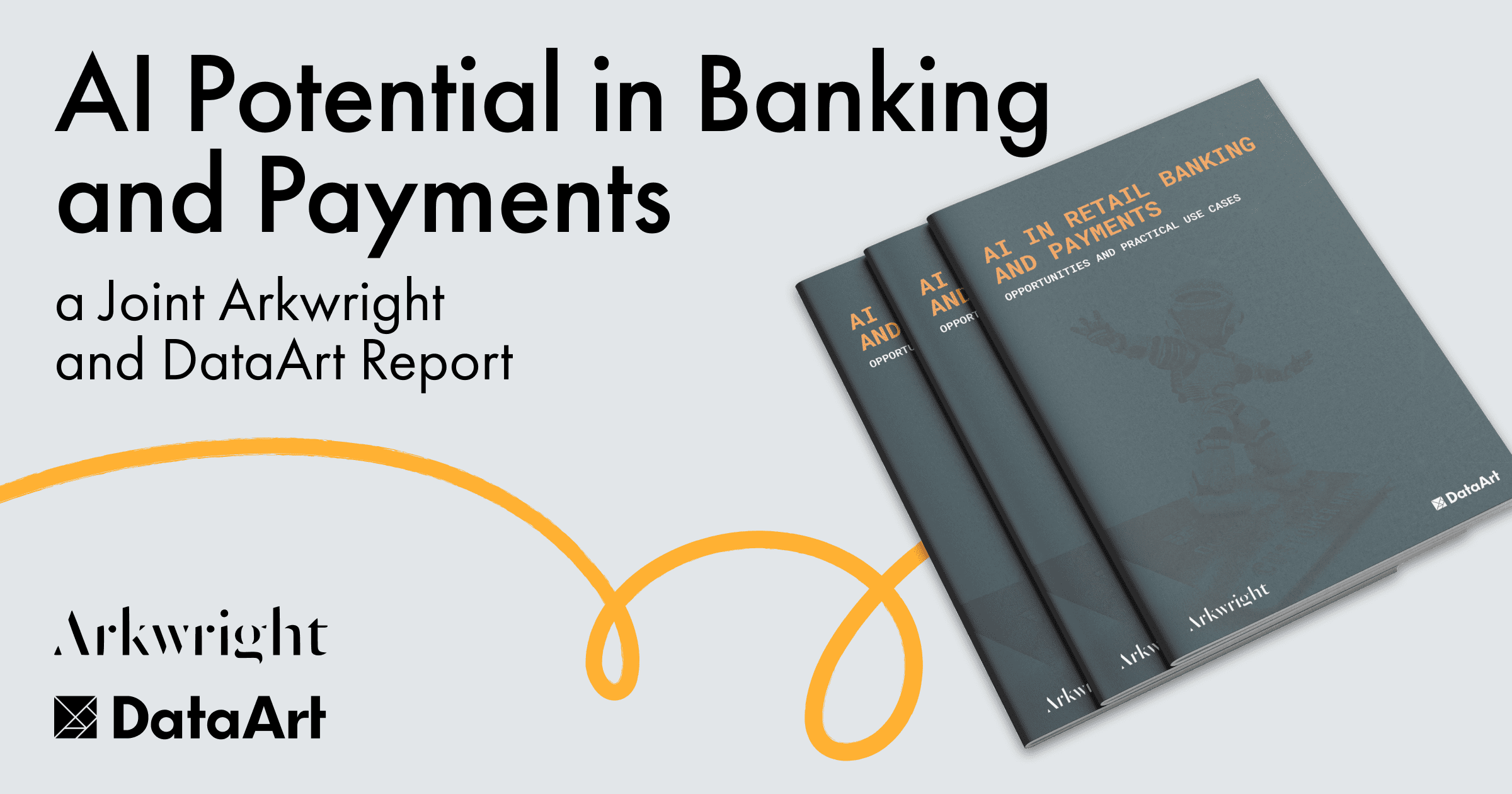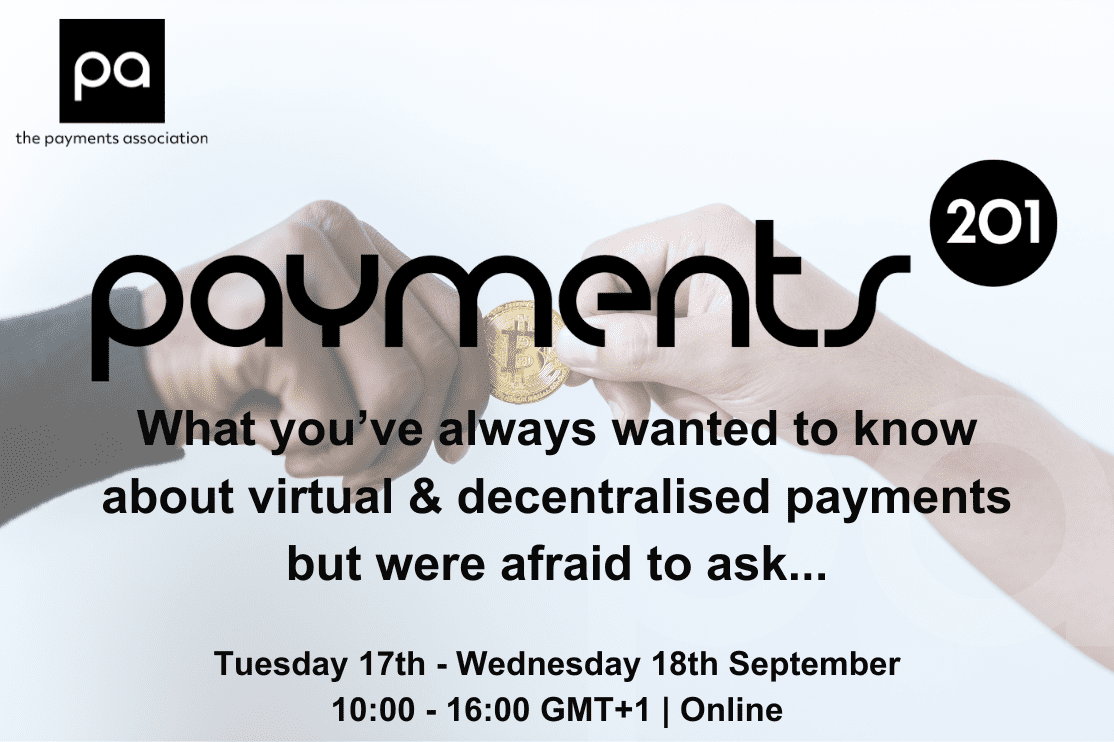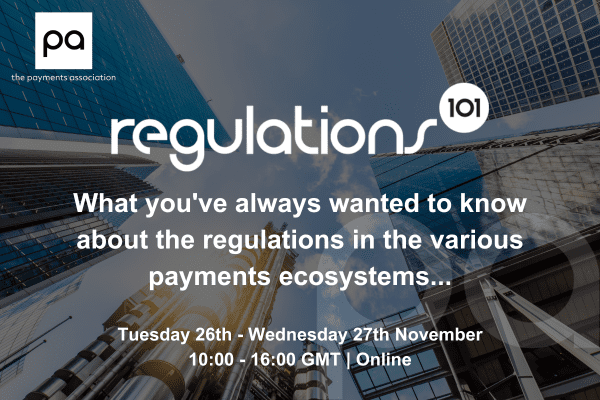12 Steps to Starting your ESG Strategy

by Katie Hayes, Head of Marketing, Ozone API
As the payments and financial industries navigate a world increasingly focused on sustainability and ethical governance, the imperative to adopt Environmental, Social, and Governance (ESG) strategies has never been more pronounced. With stakeholders – from consumers to investors – demanding greater transparency and responsibility, firms within this sector are uniquely positioned to lead the way in embedding ESG principles into their core operations.
This short article – the first in a series – offers a roadmap for companies to initiate or enhance their ESG journey, outlining key steps, from understanding the nuances between ESG and CSR, to setting actionable goals, and leveraging ESG for strategic advantage. It serves as an essential guide for payments and financial services firms aiming, not only to meet the evolving expectations of society, but to harness ESG as a catalyst for innovation, risk management, and sustainable growth.
1. Understanding the difference between ESG and CSR
ESG (Environmental, Social, Governance) and CSR (Corporate Social Responsibility), though often confused, serve different purposes. ESG is a broader, more integrated approach encompassing a company’s entire operations, focusing on sustainability, risk management, and value creation. CSR typically involves discrete initiatives for positive societal impact.
ESG includes CSR but goes beyond it, deeply embedding into the organisation’s core activities and strategies.
2. Conduct an initial ESG assessment
Utilise tools such as B Lab’s Impact Assessment Tool to gauge your current standing and highlight areas needing improvement. This will help in establishing a baseline for your future ESG strategies.
3. Start small and build up
Don’t be overwhelmed by the breadth of ESG. Begin with manageable initiatives and gradually expand your efforts. Even small steps can lead to significant impacts.
4. Identify key stakeholders and form a steering group
Recognize and engage individuals across your organisation who influence or are interested in ESG. Form a steering group to lead ESG initiatives, ensuring the inclusion of diverse departments and levels within the organisation.
5. Set clear and measurable goals
Develop specific, measurable goals aligning with both ESG standards and your business objectives. This might include targets like reducing carbon emissions or improving governance practices.
6. Aim to integrate ESG into an overall corporate strategy
ESG should intertwine with your business strategy. This requires aligning ESG goals with broader business objectives and embedding these considerations into all decision-making processes where possible.
7. Tackle Governance and cultural shifts
Effective ESG strategy involves a cultural shift within an organisation, starting from the top. Leadership and board buy-in are crucial. Encourage a culture of transparency and continuous learning.
8. Utilise existing resources and community knowledge
Leverage the wealth of knowledge available in existing ESG communities. Many professionals in this field are willing to share insights and experiences, which can be invaluable for beginners.
9. Focus on materiality assessment
Conduct a materiality assessment to determine which ESG aspects are most relevant to your business and stakeholders. This helps in prioritising efforts.
10. Be Open to continuous learning and evolution
The ESG landscape is continuously evolving. Stay open to learning and adapting your strategies as new information and standards emerge.
11. Emphasise the importance of ESG reporting
Reporting on ESG efforts differentiates it from CSR. Regular, transparent reporting on ESG initiatives and outcomes, both within the company and externally where appropriate, is crucial for credibility and stakeholder engagement.
12. Leverage ESG for strategic advantage
View ESG not just as a compliance requirement but as a strategic tool that can drive innovation, open new markets, and enhance customer and investor relations.
Getting started with an ESG strategy in financial services and fintech requires a combination of strategic planning, stakeholder engagement, and a commitment to continuous improvement and transparency. By setting clear goals, engaging stakeholders, and utilising readily available tools and resources, it is possible for organisations to effectively integrate ESG into their core operations and culture, which in turn will lead to sustainable, long-term value creation, besides having an ethical imperative behind it.

